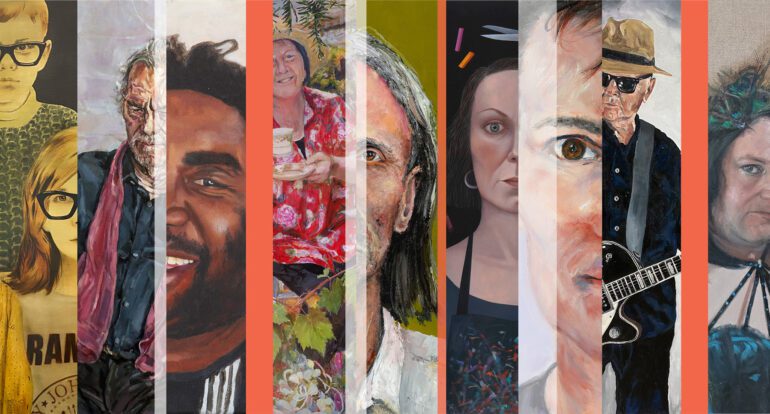TL;DR:
- Brisbane Portrait Prize now allows AI-generated art entries.
- Artwork must be original and solely owned by the entrant.
- This move reflects the evolving nature of art and technological advancements.
- Traditional artists have raised objections, but the rule change maintains the prize’s contemporary relevance.
- Ownership of AI-generated work is determined by processes and copyright declarations.
- Legal questions arise about how much human input qualifies as authorship.
- Other competitions, like the National Photographic Portrait Prize, adopt AI with strict conditions.
- World Press Photography competition excludes AI-generated entries.
- Artists and competitions grapple with the evolving role of AI in art.
Main AI News:
The Brisbane Portrait Prize, Queensland’s counterpart to the esteemed Archibalds, is making waves in the art world by allowing entrants to submit artwork entirely or partially created by generative artificial intelligence (AI). With a coveted top prize worth $50,000, the competition has defended its stance, emphasizing that art is a dynamic reflection of societal change.
In this year’s terms and conditions of entry, the Brisbane Portrait Prize explicitly states its willingness to accept entries “completed in whole or in part by generative artificial intelligence.” However, a crucial condition is that the artwork must be original and exclusively owned by the entrant.
A spokesperson for the prize asserts that this move acknowledges the evolving nature of art and its capacity to adapt to technological advancements. As digital and photographic entries have become accepted in the art world, embracing AI is seen as the next logical step in fostering inclusivity and innovation.
Some traditional artists have voiced objections in the past, but previous winner Stephen Tiernan points out that there are still artistic processes involved in the creation of AI-generated works. Ultimately, this rule change keeps the prize contemporary and aligned with the changing landscape of the art world.
Ownership of AI-generated work will be determined based on the processes used and the terms of the AI program behind it. Artists must declare full copyright ownership when entering their submissions.
Dr. Rita Matulionyte, a senior lecturer in law at Macquarie University, highlights the ambiguity surrounding how much human contribution is required for an AI-assisted artwork to be claimed as one’s own. The spokesperson for the Brisbane Portrait Prize suggests that “sufficient independent intellectual effort” in creating the work would likely protect it under copyright.
While there are debates about the role of AI in art, Dr. TJ Thomson, a senior lecturer at RMIT’s school of media and communication, emphasizes the distinct experiences between creating an image through a camera and generating one through keyword prompting. These different approaches draw on diverse skills, making a level playing field for camera-produced and AI-generated imagery a complex issue.
The Brisbane Portrait Prize is not the first competition to grapple with AI entries, as generative AI applications have become more accessible in recent years. The National Portrait Gallery’s National Photographic Portrait Prize for 2024 permits the use of generative AI tools in photographic work but prohibits wholly AI-generated images. Strict conditions include disclosing the tools used and obtaining express consent if AI prompts include names, images, or creative styles of others.
Dr. Thomson acknowledges that this is a complex and evolving space with numerous unanswered questions. However, it is likely that other competitions will follow suit in integrating AI into their entry criteria.
In contrast, the World Press Photography competition recently announced its exclusion of AI-generated entries in its open format, citing a commitment to accuracy and trustworthiness. Notably, some artists, like Boris Eldagsen, have challenged competitions with AI-generated entries, revealing ongoing tensions in the art world regarding AI’s role.
Conclusion:
The inclusion of AI-generated art in the Brisbane Portrait Prize highlights a shift toward embracing technology and innovation in the contemporary art market. While challenges around ownership and defining artistic contribution persist, this move reflects the evolving nature of art in a digital age. As AI’s presence grows, we can expect more competitions to adapt, ultimately expanding the boundaries of artistic expression in the market.

